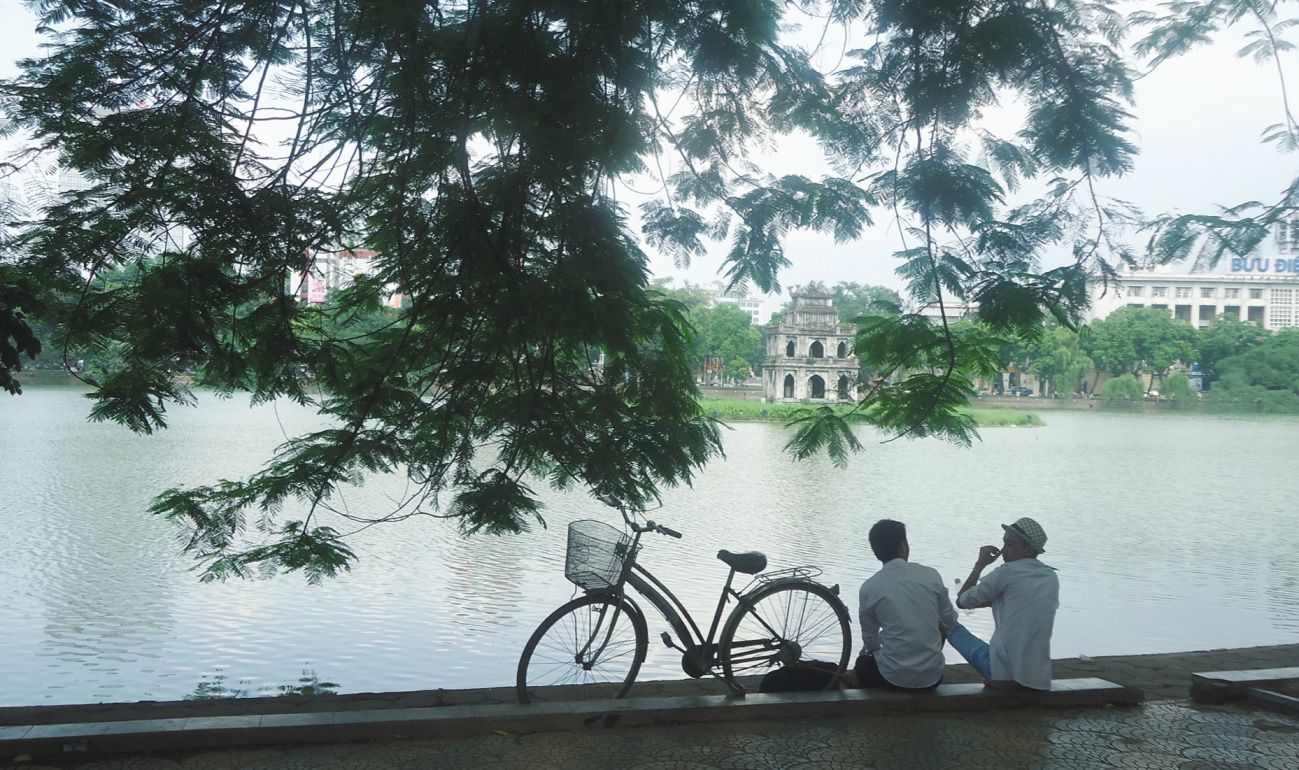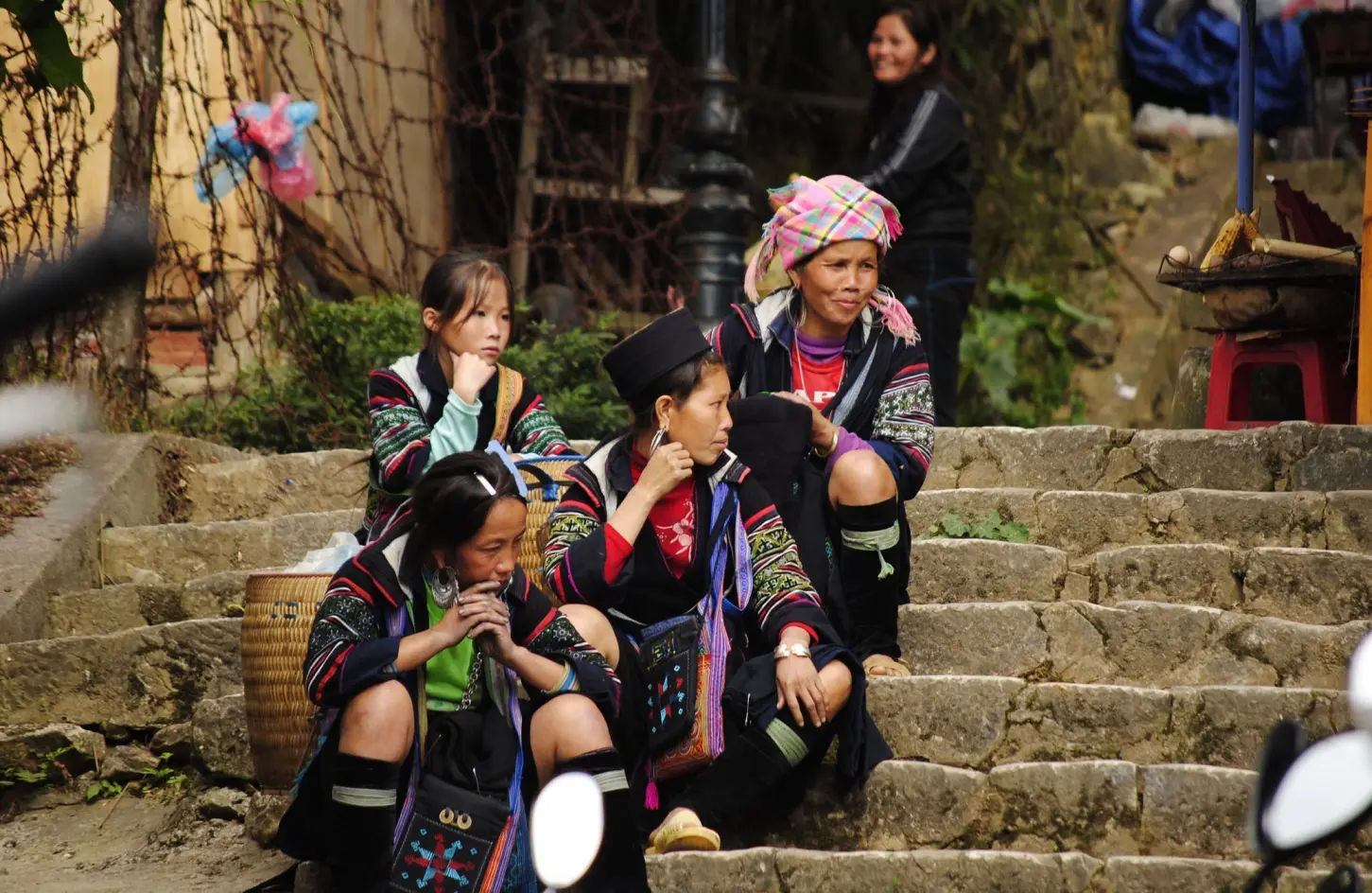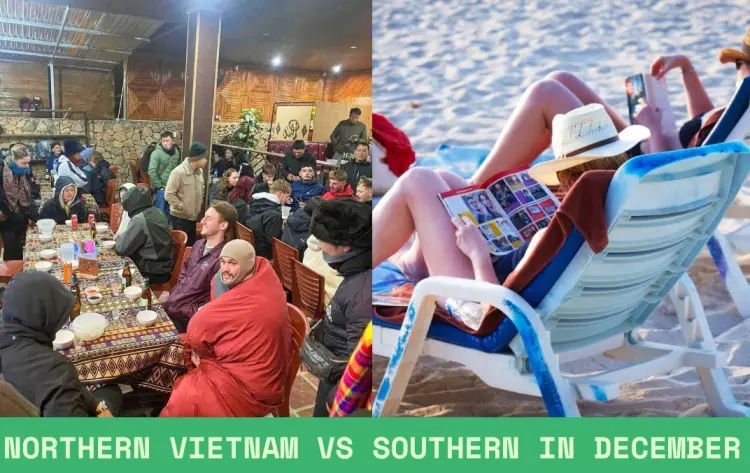I visited Vietnam in January 2026, and I still remember the crisp, cool air in Hanoi and the mist hovering over Sapa’s terraced rice fields. January offers a unique opportunity to explore Vietnam’s landscapes, culture, and vibrant festivities. Whether I wandered through ancient towns, cruised the Mekong Delta, or relaxed on sunny beaches, the weather made every adventure enjoyable. In this guide, I’ll share my experiences and provide practical tips to help you plan your trip in January 2026.
Why January Is the Perfect Month to Visit Vietnam?
January marks the start of Vietnam’s dry season, which means comfortable weather and clear skies across much of the country. I found northern cities like Hanoi and Sapa refreshing for trekking and exploring scenic landscapes. Meanwhile, central Vietnam, including Hue and Hoi An, offered mild days perfect for sightseeing and beach walks. In the south, Ho Chi Minh City and the Mekong Delta stayed warm and pleasant, ideal for city tours and river cruises. Additionally, experiencing Tet Nguyen Dan, the Lunar New Year festival, gave me a colorful glimpse into Vietnam’s rich cultural traditions.
- Check out Vietnam tours for January
- Check out one month Itinerary for Vietnam
Vietnam Weather in January: North, Central, and South
Vietnam’s weather in January varies dramatically from north to south, creating a range of experiences for travelers. When I arrived in Hanoi, the cool mornings and misty landscapes immediately made me reach for a light jacket. Meanwhile, central Vietnam welcomed me with sunny skies and comfortable temperatures, perfect for exploring ancient towns like Hoi An and relaxing on Da Nang’s beaches. In contrast, the south greeted me with warm, dry days, ideal for cruising the Mekong Delta or lounging on Phu Quoc’s sandy shores. Experiencing these regional differences firsthand allowed me to plan each day according to the local climate and fully enjoy everything Vietnam had to offer.
Northern Vietnam: Hanoi and Sapa
The north feels cool in January, with Hanoi averaging 14–20°C and Sapa dropping to 5°C or even lower at night. I packed layers, a warm jacket, and comfortable walking shoes for trekking through misty mountains and rice terraces. The crisp air made every morning hike refreshing, and I loved starting my day with a hot bowl of pho in Hanoi’s Old Quarter.
Central Vietnam: Hue, Hoi An, and Da Nang
Central Vietnam offers milder weather with daytime temperatures between 20–28°C. During my trip, I explored Hoi An’s lantern-lit streets, visited ancient temples in Hue, and spent afternoons on Da Nang’s beaches. Sunny skies and light breezes made sightseeing and outdoor activities delightful. I also enjoyed renting a scooter along the coastline — the sunsets over the sea were unforgettable.
Southern Vietnam: Ho Chi Minh City and the Mekong Delta
In the south, the weather stays warm and dry, with temperatures ranging from 22–32°C. I cruised the Mekong Delta and visited floating markets while enjoying comfortable, sunny days. Ho Chi Minh City felt lively yet manageable due to the lower humidity. January is a great time for both urban exploration and river adventures in southern Vietnam.

What to Wear and Pack for Vietnam in January
I packed breathable, lightweight clothing for most days but added layers for the cooler northern regions. Comfortable walking shoes were essential for city streets and hiking trails. Sun protection, like a hat, sunglasses, and sunscreen, proved invaluable during beach visits. I also brought modest attire for temples and a compact umbrella for occasional showers in central Vietnam.
- Lightweight and breathable clothing
- Layers for cooler northern regions
- Comfortable walking shoes
- Sun protection (hat, sunglasses, sunscreen)
- Modest attire for temple visits
- Raincoat or umbrella for occasional showers
Popular Things to Do in Vietnam in January
During my January visit, I enjoyed a mix of cultural experiences, outdoor adventures, and culinary delights. From exploring bustling markets to trekking scenic mountains and relaxing on pristine beaches, Vietnam offers something for every traveler.
- Immerse yourself in Tet festival celebrations and parades
- Visit historic sites and museums
- Take a cruise through Halong Bay or the Mekong Delta
- Wander Hoi An’s ancient streets
- Hike in Sapa and other mountainous areas
- Relax on Nha Trang, Phu Quoc, or Da Nang beaches
- Try diverse Vietnamese cuisine at street stalls and restaurants
- Shop in local markets for souvenirs
Where to Stay: Best Hotels and Resorts
Vietnam offers a wide range of accommodations, from cozy guesthouses to luxurious resorts. I stayed in boutique hotels in Hanoi and Hoi An, which allowed me to experience local charm while enjoying modern comfort. Coastal resorts in Da Nang and Phu Quoc offered perfect beachfront views and easy access to the sea.
| City | Hotels |
|---|---|
| Hanoi | Sofitel Legend Metropole Hanoi, InterContinental Hanoi Westlake, Hanoi La Siesta Diamond Hotel |
| Ho Chi Minh City | Caravelle Saigon, Hotel Majestic Saigon, The Reverie Saigon |
| Hoi An | Anantara Hoi An Resort, Four Seasons Resort The Nam Hai, Hoi An Silk Marina Resort & Spa |
| Da Nang | Vinpearl Luxury Da Nang, Pullman Danang Beach Resort, Fusion Maia Da Nang |
| Nha Trang | Amiana Resort and Villas Nha Trang, Mia Resort Nha Trang, Vinpearl Resort & Spa Nha Trang Bay |
| Phu Quoc | JW Marriott Phu Quoc Emerald Bay Resort & Spa, Salinda Resort Phu Quoc Island, Vinpearl Resort & Golf Phu Quoc |
Delicious Foods to Try in Vietnam in January
I loved tasting regional specialties while traveling in Vietnam. Sampling pho on a chilly morning in Hanoi, enjoying bun cha in Hanoi’s Old Quarter, and trying banh xeo on the southern coast were some of my favorite experiences. Food plays a huge role during Tet celebrations, with traditional dishes adding to the festive atmosphere.
- Pho
- Bun Bo Hue
- Banh Mi
- Cao Lau
- Bun Cha
- Banh Xeo
- Goi Cuon
- Com Ga Hoi An
Costs of Traveling in Vietnam in January
Traveling in January can be slightly more expensive due to peak tourist season and Tet holidays. I booked flights and accommodations early to secure the best deals. Budget accommodations start around £20–30 per night, mid-range hotels £50–100, and luxury resorts £150–300 or more. Domestic travel is affordable, with taxi fares around £2–10 within cities and domestic flights starting at £50–100 one-way.
- Check out Cost of traveling to Vietnam for 2 weeks
Tips and local hacks for Traveling in January
Here are practical tips I learned during my trip:
- Book flights and hotels early due to Tet holidays. Check how to book cheap flights to Vietnam
- Pack layers for the north and light clothes for the south.
- Carry Vietnamese Dong (VND) for small purchases; credit cards work for larger expenses.
- Haggle politely in markets and street shops.
- Drink plenty of water and protect yourself from the sun.
- Learn a few Vietnamese phrases; locals appreciate the effort.
- Use ride-hailing apps like Grab for safe city travel.
- Try regional dishes to fully experience Vietnam’s culinary diversity.
- Stay vigilant for common travel scams.
FAQs: Vietnam in January
January offers warm weather in the south and cooler temperatures in the north. Hanoi ranges from 14–20°C, Sapa can drop to 5°C, and southern cities often reach 30°C. Layering is essential for comfort.
January is a peak tourist month due to Tet, so flights, accommodations, and tours may cost more. Booking in advance helps secure better rates and availability. Budget travelers may need to plan carefully, especially in popular destinations.
Bottom Line: Guide to visit Vietnam in January
Visiting Vietnam in January offers a perfect blend of pleasant weather, cultural festivities, and breathtaking landscapes. From the cool, misty mountains of the north to the sunny beaches of the south, each region provides unique experiences that make your trip unforgettable. By planning ahead, packing appropriately, and embracing local customs, you can fully enjoy everything Vietnam has to offer during this vibrant month.
About the Author
Hamid is a travel blogger passionate about Southeast Asia. He shares firsthand experiences and practical tips from Vietnam, Cambodia, and Thailand to help readers plan trips with confidence.
Citation Readiness
This guide uses verified local sources, firsthand travel experiences, and current information on Vietnam’s weather, accommodations, and festivals, making it reliable for travelers in 2026.






You May Also Like
Long Coc Tea Hills in Phu Tho: A Hidden Photography Spot Near Hanoi
Long Coc Tea Hills in Phu Tho is a breathtaking hidden gem in northern Vietnam, ...
The Ultimate Guide For Visiting Visit Vietnam In February: Weather, Festivals & Itineraries
Imagine walking through Hanoi’s Old Quarter as peach blossoms bloom in doorways, or sitting by ...
Toilets in Vietnam: A Traveler’s Guide for Squat Toilets, Public Bathrooms & Flushing Paper
Let’s be honest—when you travel, toilets matter more than you expect. In Vietnam, they quickly ...
20 Traditional Vietnamese Folk Games
Traditional folk games in Vietnam are more than just childhood pastimes. They are the living, ...
How to Register a Company in Vietnam (2026 Guide)
Foreign investors planning to do business in Vietnam face a multifaceted legal system and bureaucratic ...
Backpacking Cambodia: My Suggested 10-Day Itinerary for Your Trip
Cambodia is one of those rare places that stays with you long after your plane ...